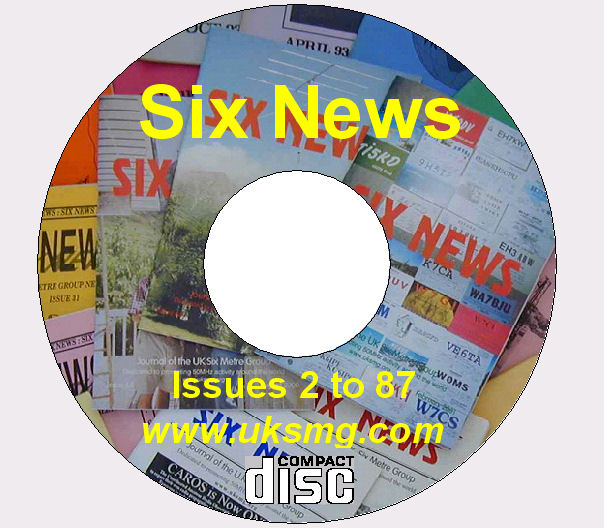

home > archive > 6m DXpeditions > the 9G5AN story

Thanks to all of our authors since 1982!
|
Swaziland 2001 |
|||
|
The DXpedition 2001 to Swaziland in the deep south of the African continent was an uncertain new challenge. How would six metres be? Experience and advice on conditions were either rare or very negative - 7P8AA couldnít get any QSOs on 50MHz. The Mountain Inn in Mbane was at approximately 1300 m. The other mountains in the surrounding were no more than 300 or 400 m high. After the station was set up, the first disappointment set in; neither beacons nor other signals could be received. It was very difficult to determine the right direction for Europe, because the compass had a hard time revealing a definite North direction.
Tireless CQ calls eventually earned the first entry in the log with the call from SV1JG on 1st October at 16.10 GMT; there were then daily contacts until the last day, 12th October. The highlights were the excellent openings on 3rd October and 6th October, with 123 and 125 QSOs respectively, though the local conditions on 6th October with fog and continuous rain were more than bad.
Stations from 28 countries (3DA, 4X, 5B, 9A, 9H, DL, EA, EA6, EY, F, HB9, I, IS, JY, LZ, OD, OE, OK, ON, OZ, S5, SM, SP, SV, UR, YO, YU, ZC4) were worked. The conditions and the IC 706 didnít allow more. It turned out only later that the IC 706 had a damaged filter-unit, which severely reduced the sensitivity. Our worst fears did not materialise, 334 QSOs were entered into the log. Our experience was that Southern Africa had conditions that were similar to those of the Northern Hemisphere, very changeable and extremely varied.
UKSMG Six News issue 72, February 2002 |
including six-metre operation in a major DXpedition
DXpedition to Belarus Republic (EV)
the longest day at HV4NAC
the UK six metre group in Jordan
50 MHz activity from Svalbard
4L6PA - five dutch six maniacs in
Georgia
this is the 1996 CY0AA DXpedition
story
Jan Mayen on 50MHz
YM7PA - the story continues!
G0JHC, holiday with radio
('99)
8P9JO Barbados
G0JHC, Dec '99 to Jan '00
S79MX, 6m activity from Seychelles
Montserrat... still
nice... still home...
G3WOS as VP8DBL in the Falkland Islands
The VP6BR Pitcairn DXpedition
VK9WI Willis Island DXpedition
50 MHz from Greenland - the OX2K expedition
DXpedition 2000 Svalbard - JW7M
Barbados 2000
G3WOS as ZD8SIX on
Ascension
the 9G5AN story
VK4CP/P Northern Queensland
HC8N November 2001


